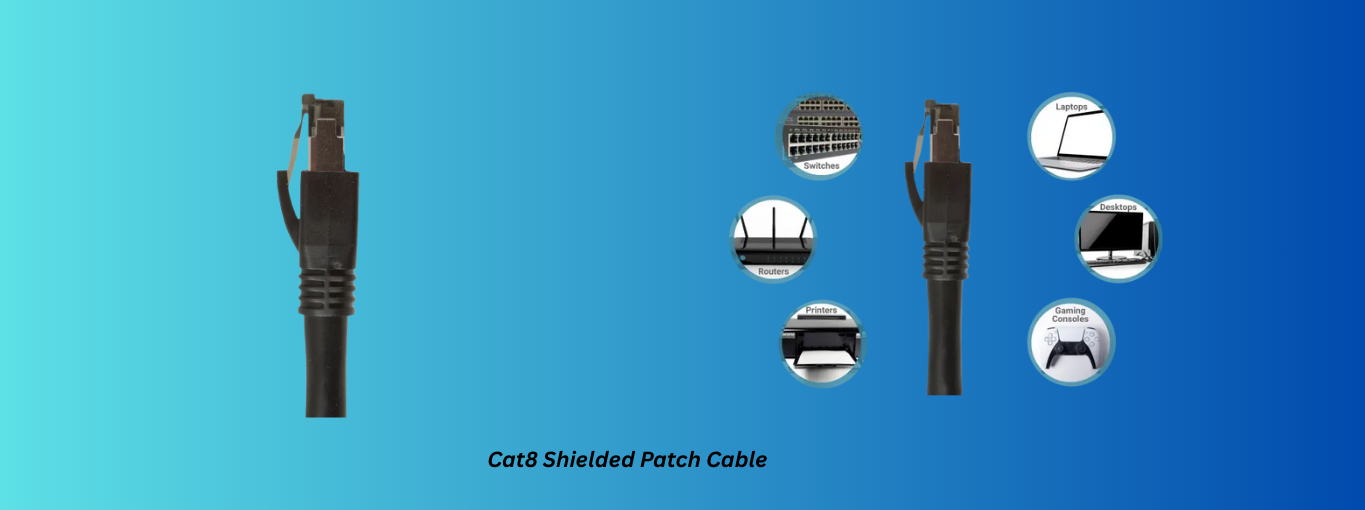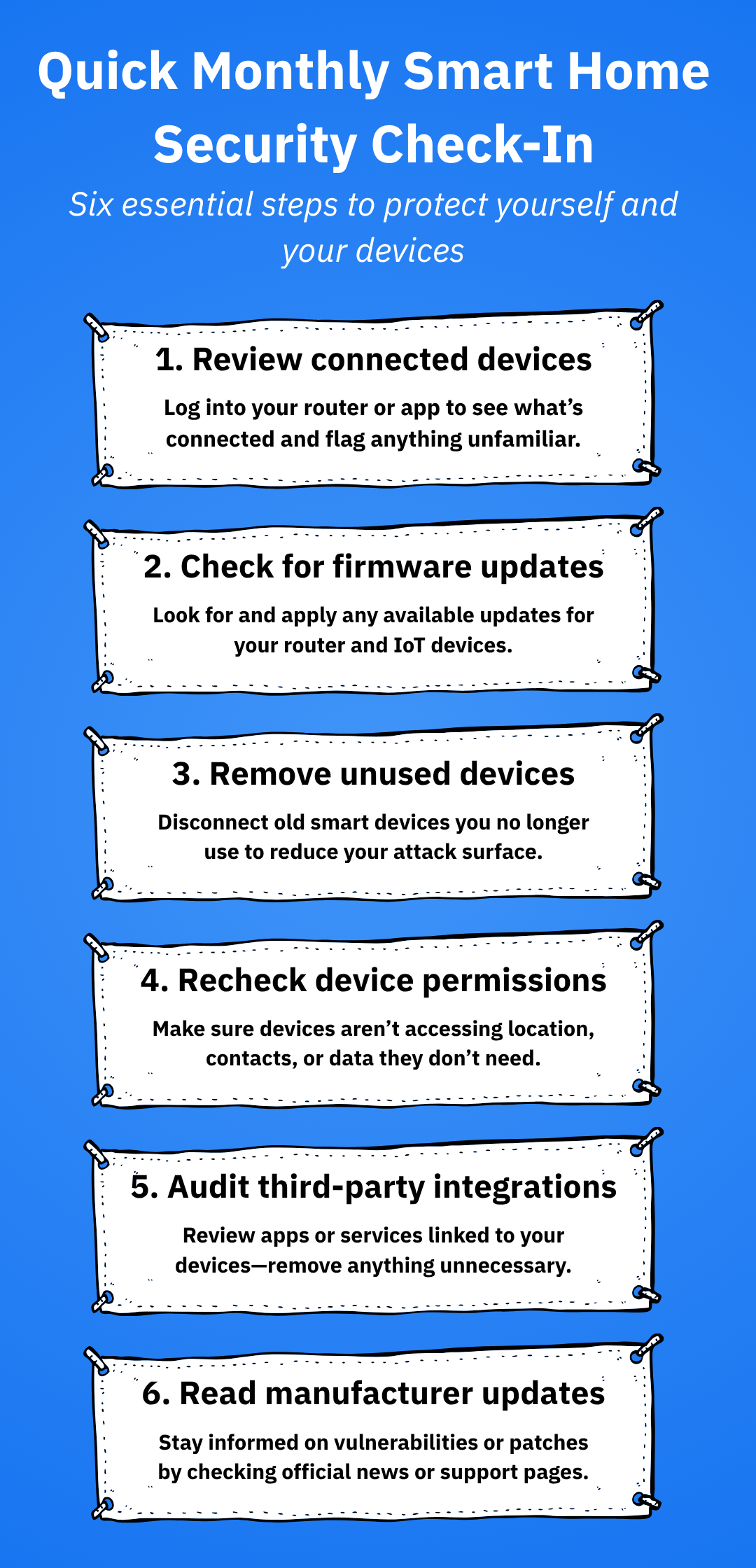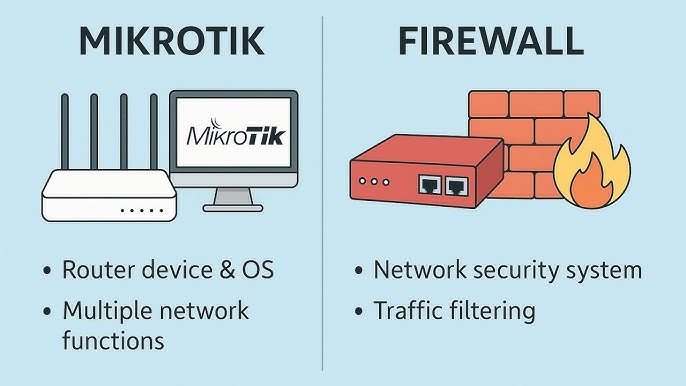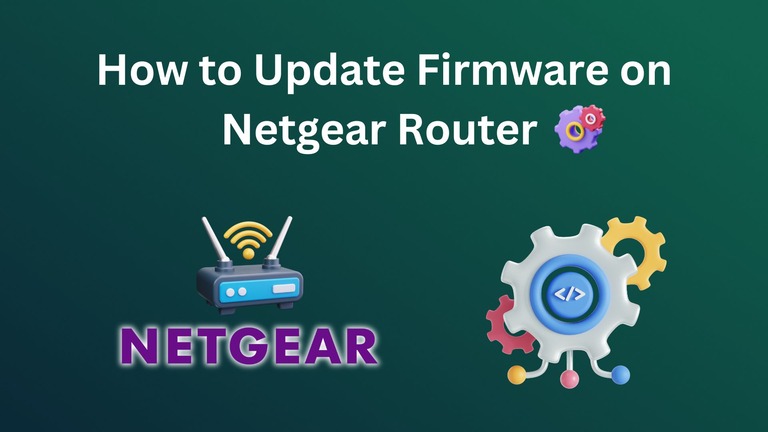Are you confused about which network cable is right for your setup? Choosing the right cable can make a huge difference in your internet speed and connection stability.
You’ll discover the most common network cable types, how they work, and which one suits your needs best. By the end, you’ll feel confident picking the perfect cable to boost your network’s performance. Keep reading to unlock the secrets behind these essential tools that connect your devices seamlessly.

Credit: www.cobtel.com
Common Network Cables
Network cables connect devices to share data. They carry signals between computers, routers, and switches.
Different types of cables serve different needs. They vary by speed, distance, and environment.
Twisted Pair Cables
Twisted pair cables are common in homes and offices. They consist of pairs of wires twisted together.
Twisting reduces interference from other wires. These cables come in shielded and unshielded forms.
- Unshielded Twisted Pair (UTP): Used for Ethernet networks
- Shielded Twisted Pair (STP): Offers better protection from noise
- Cat5e, Cat6, Cat6a: Different categories with increasing speed support
Coaxial Cables
Coaxial cables have a single copper core. They use a shield to block interference.
These cables are sturdy and carry signals over longer distances. They are common in cable TV and internet.
- Inner conductor carries the signal
- Insulation separates the conductor and shield
- Shield prevents external noise
- Outer jacket protects the cable
Fiber Optic Cables
Fiber optic cables use light to send data. They have thin glass or plastic fibers inside.
These cables support very fast speeds and long distances. They are immune to electrical interference.
- Single-mode fiber: Light travels straight for long distances
- Multi-mode fiber: Light bounces inside for shorter distances
- Used in high-speed internet and data centers

Credit: www.cablesandkits.com
Twisted Pair Variants
Twisted pair cables are common in computer networks. They have pairs of wires twisted together.
These twists help reduce interference from other signals and noise. There are different types of twisted pair cables.
Unshielded Twisted Pair (utp)
Unshielded Twisted Pair, or UTP, is the most common network cable. It has no extra shielding around the wires.
UTP cables are easy to install and cost less. They work well in places with low interference.
Shielded Twisted Pair (stp)
Shielded Twisted Pair cables have a shield around the wire pairs. This shield blocks outside electrical noise.
STP cables are used in places with high interference. They protect the data better than UTP cables.
Crossover And Straight-through Cables
Both crossover and straight-through cables use twisted pairs. They connect devices but in different ways.
Straight-through cables connect devices like computers to switches. Crossover cables connect similar devices.
- Straight-Through:Same wire order on both ends
- Crossover:Some wires switch positions on one end
- Choose the right type based on the devices you connect
Coaxial Cable Uses
Coaxial cables are common in many network setups. They carry data and signals with good protection from interference.
These cables are used in TV, internet, and security systems. They keep signals clear over long distances.
Rg-6 Type
RG-6 is a popular coaxial cable. It has a thicker core and better shielding than other types.
This cable works well for cable TV and internet. It carries high-frequency signals with less loss.
- Used in satellite TV connections
- Connects cable modems to internet service
- Supports digital and HD TV signals
Rg-59 Type
RG-59 has a thinner core and less shielding than RG-6. It is best for shorter cable runs.
This cable is common in older TV setups and CCTV systems. It handles lower frequency signals well.
- Used for analog video signals
- Connects CCTV cameras to monitors
- Works in residential TV wiring
Applications In Networking
Coaxial cables connect different network devices in many places. They send data while blocking outside noise.
They are common in homes and businesses for internet and TV. Coax cables link modems, TVs, and security cameras.
- Internet service via cable modems
- CCTV and security camera wiring
- Broadcasting TV signals inside buildings
Fiber Optic Advantages
Fiber optic cables carry data as light. This makes them faster than copper cables.
They also resist electrical interference. This keeps data clear and secure over long distances.
Single-mode Fiber
Single-mode fiber uses a thin core to send light straight. It allows signals to travel far without much loss.
This type is great for long-distance communication and high-speed internet connections.
Multi-mode Fiber
Multi-mode fiber has a wider core. It sends light in many paths at once.
This type works well for shorter distances like inside buildings or campuses.
Speed And Distance Benefits
Fiber optic cables offer faster data speeds than copper wires. They can carry large amounts of data easily.
They also work well over long distances without signal loss or interference.
- Speeds up to 100 Gbps or more
- Distance range from hundreds of meters to many kilometers
- Less signal loss compared to copper cables
- Immune to electrical noise and interference
Cable Performance Factors
Network cables come in different types and qualities. Their performance depends on many factors.
Understanding these factors helps you pick the right cable for your needs.
Bandwidth And Speed
Bandwidth is how much data a cable can carry at once. Higher bandwidth means faster data transfer.
Cable speed depends on its category and quality. Newer cables support faster speeds.
- Cat5e supports up to 1 Gbps
- Cat6 supports up to 10 Gbps over short distances
- Cat7 and Cat8 offer even higher speeds and bandwidth
Interference And Shielding
Interference can slow down or disrupt data signals. It comes from other electronic devices and cables.
Shielding protects cables from interference. Shielded cables work better in noisy environments.
- Unshielded Twisted Pair (UTP) cables have no shielding
- Shielded Twisted Pair (STP) cables have extra layers to block interference
- Foiled twisted pair (FTP) cables have a foil shield around pairs
Durability And Flexibility
Durability affects how well a cable lasts over time. Strong cables resist damage better.
Flexibility is important when routing cables through tight spaces. Flexible cables bend without breaking.
- Thicker jackets protect cables from cuts and wear
- Flexible cables have thinner insulation and special materials
- Outdoor cables resist water and UV damage
Choosing The Right Cable
Choosing the right network cable is important for a strong and fast connection. Different cables suit different needs and environments.
Understanding your network demands helps you pick the best cable for performance and cost.
Assessing Network Needs
Think about how much data your network will carry. High-speed internet and many devices need better cables.
Consider the cable speed and distance limits. Some cables work better for long runs or fast data.
- Use Cat5e for basic home internet
- Choose Cat6 for faster speeds and less interference
- Opt for Cat6a or Cat7 for very high speeds or long distances
Environment Considerations
Look at where the cable will be placed. Some environments need special cables to avoid damage.
Outdoor or industrial spaces may need cables that resist water, heat, or electric noise.
- Indoor cables are cheaper and easier to install
- Outdoor cables have waterproof jackets
- Shielded cables protect from electrical interference
Budget And Future Proofing
Set a budget but think about future needs. Cheaper cables might not last long as technology grows.
Buying better cables now can save money by avoiding upgrades later.
- Basic cables cost less but may limit speed
- Higher grade cables cost more but support faster speeds
- Plan for growth in devices and internet speed
Installation Tips
Installing network cables correctly helps keep your network fast and reliable. Use the right tools and follow good practices.
Taking care during installation reduces problems and saves time later. Learn key tips to handle cables well.
Proper Cable Handling
Always avoid bending cables sharply. A bend radius less than the cable’s limit can damage wires inside.
Do not pull cables too hard. Pulling can stretch and break the wires or connectors.
- Use cable ties loosely to prevent crushing.
- Keep cables away from heat and sharp edges.
- Label cables clearly for easy identification.
Connector Types
Choose the right connector for your cable type. RJ45 connectors are common for Ethernet cables.
Make sure connectors fit snugly to avoid loose connections that slow down the network.
- Use shielded connectors for shielded cables.
- Check for good contact on all wires inside the connector.
- Trim wires evenly before crimping the connector.
Testing And Maintenance
Test cables after installation to find any faults early. Use a cable tester to check continuity and wiring.
Regularly inspect cables and connectors for damage or wear. Replace any faulty parts to keep the network stable.
- Test cable runs before closing walls or ceilings.
- Check for interference from other electrical devices.
- Keep documentation of cable layouts and test results.
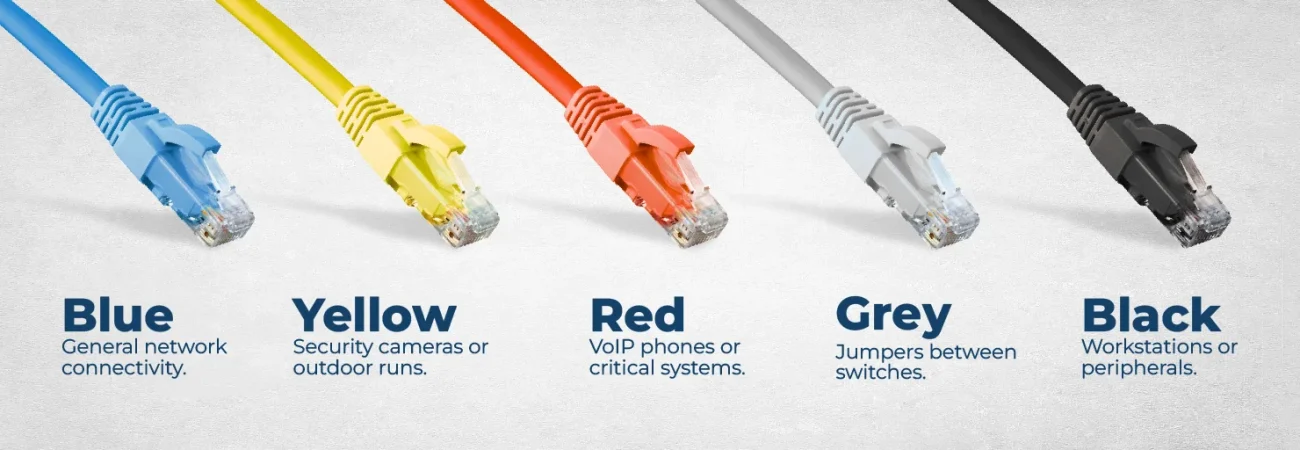
Credit: jourmik.com
Frequently Asked Questions
What Are The Main Types Of Network Cables?
The main types of network cables are Ethernet cables, fiber optic cables, and coaxial cables. Ethernet cables are commonly used for LAN connections. Fiber optic cables provide high-speed data transmission over long distances. Coaxial cables are often used for cable television and internet connections.
How Do Ethernet Cables Differ?
Ethernet cables differ in categories, such as Cat5, Cat6, and Cat7. Each category supports different speeds and bandwidths. For example, Cat5 supports up to 100 Mbps, while Cat6 can handle up to 10 Gbps. Higher categories offer better performance and are suitable for advanced networking needs.
Why Choose Fiber Optic Cables?
Fiber optic cables offer high-speed data transmission with minimal signal loss. They are ideal for long-distance communication. These cables use light signals, providing faster and more reliable connections than traditional copper cables. Fiber optics are perfect for internet service providers and businesses requiring high-speed connections.
What Are Coaxial Cables Used For?
Coaxial cables are commonly used for cable television and internet services. They transmit data through a central conductor surrounded by insulation. These cables provide reliable, high-quality signals over long distances. They are durable and resistant to interference, making them suitable for various applications.
Conclusion
Choosing the right network cable matters for a strong connection. Different cables serve different needs, like speed or distance. Copper cables work well for most homes and offices. Fiber optic cables handle faster data and longer runs. Knowing these types helps you pick the best one.
A good cable makes your network faster and more reliable. Simple choices can save time and money. Keep these basics in mind for smooth internet and data transfer. Your network will work better with the right cable.
17 min read

